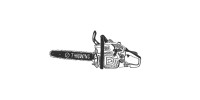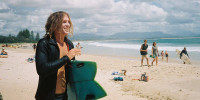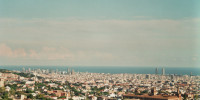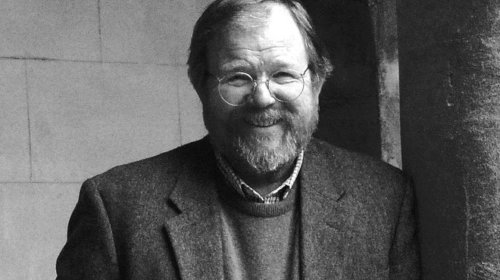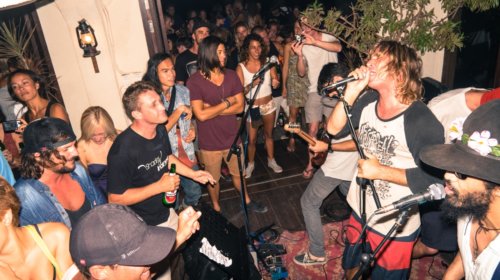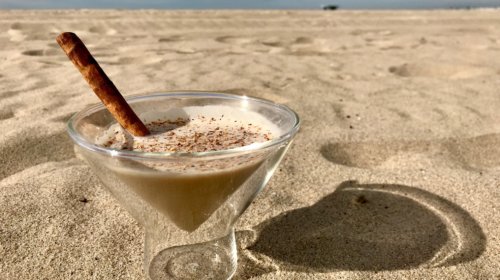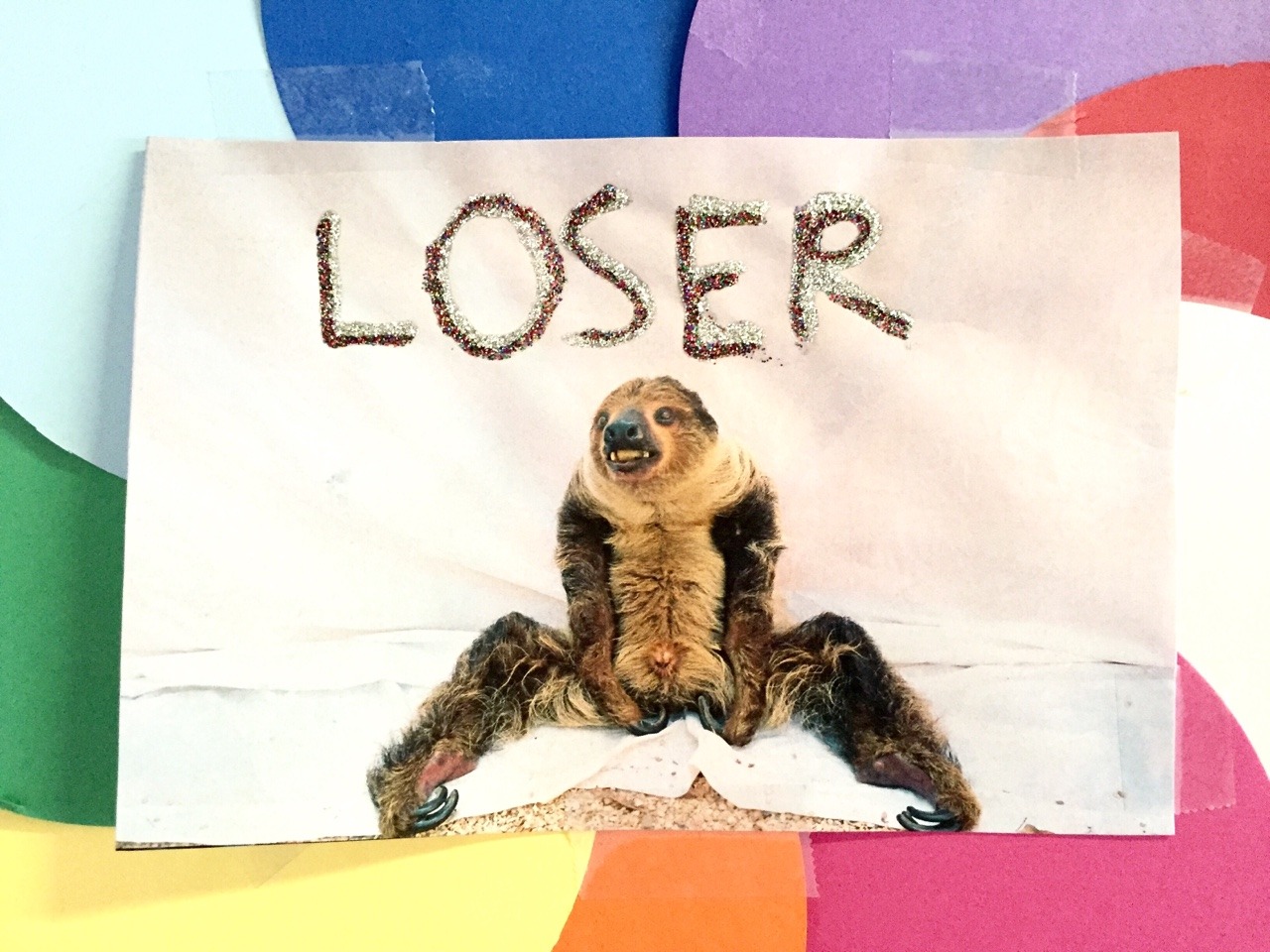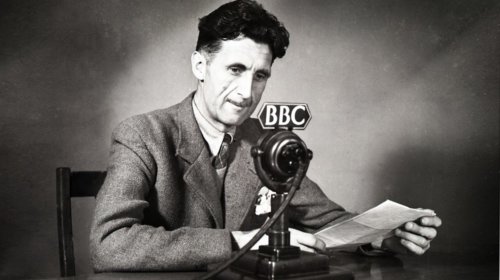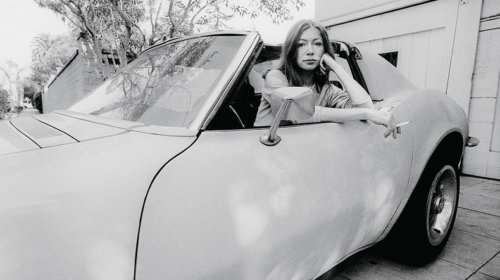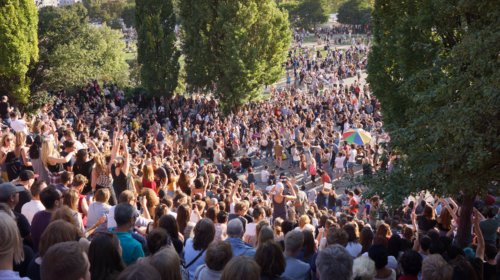It’s hard to have a conversation about traveling without someone bringing up Cuba. It’s long been the Holy Grail of American travel because, well, we couldn’t go there. But before heading out on his global kite surfing mission with Richard Branson, President Obama restored diplomatic relations with the Cuban government for the first time in over 50 years. A very welcome, and long overdue handshake between the two nations. So now, this American travel mystery has been unlocked and the time warp where winter never comes is yours to check out. But, we must warn you: it’s not exactly as easy as it might sound. With the recent passing of former dictator Fidel Castro there is a change of wind in the sails for Cuba. Where that change goes remains to be seen, so we suggest it’d be best to get there soon.—Brady Field
How to get there:
Clicking around online you’ll read a lot about getting proper paperwork and filling out that paperwork to be sure you fall under one of 12 categories that allow you to legally travel to Cuba.
Here is that list:
1. Family Visits.
2. Official business of the U.S. government, foreign governments, and certain intergovernmental organizations.
3. Journalistic activity.
4. Professional research and professional meetings.
5. Educational activities.
6. Religious activities.
7. Public performances, clinics, workshops, athletic and other competitions and exhibitions.
8. Support for the Cuban people.
9. Humanitarian projects.
10. Activities of private foundations or research or educational institutes.
11. Exportation, importation, or transmission of information or information materials.
12. Certain export transactions that may be considered for authorization under existing regulations and guidelines.

If you fall under one of these categories you’re legit, right? Wrong. I had all the proper paper work and nobody even asked for it. Nobody gives a shit…not anymore at least. You can go there and frolic as you please. There’s this whole thing out there that you need to join a guided tour, which costs thousands of dollars, but I found that to be a complete sham. Pay no attention to that. Book a flight that connects through Mexico city (when I went there were no direct flights from the U.S. but that’s just recently changed).
OK, the most important thing: And THIS IS A BIG THING: you have to get your tourist visa before your trip. You can get them before in the mail but this option takes a month and the validity on those is sketchy, but you must possess one.You can get them from the desk at whatever airline you’re using at your connecting flight. If you don’t have one when you land in Havana you’ll be turned around and sent back. That is your golden ticket.
Upon Landing:
Stepping off the plane you’ll be greeted with a wave of humidity, which will lead you down the corridors of a confusing welcome. This isn’t LAX or Heathrow and security is loose. Organization is non-existent and you get herded into a customs area where no one checks anything and you fill out a little piece of paper saying you’re not bringing anything in that’ll harm the local agriculture — but there’s no one to hand the paper to. So just keep walking until you see old ’50s American cars. Those are the taxis, and this is where you’ll need Cuban pesos as the dollar is not accepted any further.
Currency exchange:
This is a tricky subject. Currently U.S. credit cards don’t work there. And there are no ATM’s. People say it’s best to take Canadian dollars or Pounds with you since they’re stronger than the US dollar, but that changes day to day. And if you’re not coming from Canada or Europe, you’re going to have to change your currency once and pay a small fee to get one of the two preferred currencies. Once you get there you’re going to have to exchange it again to the Cuban peso or CUC. And if you don’t spend all of the money you’ve exchange during your visit, you’ll have do the whole thing in reverse on the way home. And yes, that would mean money exchanging hands four times and you’re left paying all the exchange fees along the way. I would suggest to just take the US dollar, and yes pay a higher exchange rate once you’re there, but you’re only doing it one time, which saves you money in the end.
Any legit hotel will exchange your money for you in the lobbies. Cuban currency is not traded internationally so it’s only good while you’re there. In short, you can’t use any cards, you’ll have to take a wad of cash and exchange it along the way, which is the opposite of any other travel destination. But Cuba is safer than probably wherever you came from. Always remember that.
Transportation:
There are many options in Cuba. From animal to machine and everything in between. The choice is yours. The cheapest will always be the standard taxi, in a regular car in Cuba. A Tuk Tuk (looks like a big yellow helmet attached to a scooter) is equally as shitty and equal the price, but just gets you there slower. Then there will be the vintage American taxis that will bring an uptick in price for riding in old luxury. And yes what you’ve heard is true about the old American cars. They are everywhere. It’s safe to say a third of the cars on the road are classics. And last but not least, there is the horse drawn carriage, which is the priciest but has the best feel. You really get the island’s vibes traveling this way. Whichever you choose, all means of transportation are negotiable in price. You always get high balled, so just offer half of what they’re asking and it usually works out in your favor.


Double Currency:
Once in Cuba you’ll learn very quickly there are two different currencies being used. One is the local peso, which is actually 1/25th the value to the tourist peso, which is the one you’ll be using. The currency is a bizarre situation as they say you can use both but it gets tricky when people can give you change in the wrong currency. Which makes you more or less at the mercy of how much people want to charge you for rides, gifts, food, etc. Though a guy pulling a fast one may be at the price of one whole dollar, but on their end that’s a lot of money. Being “ripped off” doesn’t bruise as badly as other parts of the world.
After a brief talk with a local man at a book fair, he told me he accidentally gave a tourist change with the wrong currency and it landed him in the dungeons for two weeks. How did they catch him? He pointed up when I asked him.
In a square surrounded by crumbling buildings, I noticed on each corner of them those black surveillance bubbles that contain the eyes of The Man. I hadn’t noticed it walking around Havana before, but after I knew to look for them I noticed them everywhere. And suddenly the warm old vibes of that amazing city suddenly felt a bit cold. It was a reminder that this place is still very much a communist country and the government is very much in control and they are very much watching.
Lack of cell service and Internet:
In the city of Havana there is some cell service, for some cell carriers. Outside of the city you’re mostly shit out of luck. More likely than not your phone will not work in Cuba. Mine worked, and I thought I was lucky, but that wasn’t the case. As it currently stands, even with a gold passport cell plan, you are NOT covered in Cuba for any current US cell carrier. I was misinformed, and came home to a $4,000 cell phone bill for using data over there. Don’t let that happen to you.

Internet is scarce. And if you do find a wifi hotspot and get your hands on a pre-paid wifi card, you’ll probably run into dial up speeds. Which pretty much renders it useless. One oddity you may notice is the youths in Havana huddled together in alleys around hotels at night with their faces glowing from devices borrowed from their parents. They’re sitting nearest to the wall that on the flip side has the hotels internet router. After someone tips them off with the daily password they gather and try to catch a glimpse of the outside world through the window of these small screens. And that’s when they dream of living outside the confines of their communist home. An ocean away.
Local Lifestyle:
This is really where Cuba shines. The people of Cuba have a certain swagger and humility about them that’ll shake any unwelcome feelings off right away. A warm smile is standard, often followed up with offerings of food. The best food is in the houses of the locals. Stray away from big restaurants, and definitely stay away from people trying to get you to try their take on American food. Surprisingly enough, it was actually semi-difficult to find legit home-cooked Cuban food. But once you do you’re in for a real treat. After eating one of the more memorable meals of your life, you’ll probably find yourself being twirled by intoxicated locals to the beat of Cuban flair. They’ll dance until sunrise, unless the rum gets them first, as these people live simply. But they are forced to. After talking with enough people outside of Havana, in smaller towns, and asking enough questions, the smiles begin to tone down. Work is scarce for these people, and any work found is usually government work. Which entails a six day a week march of hard labor.

What’s the salary for six days a week of hard labor you ask? The equivalent of 16 dollars. A month. Yes you read that correctly. A month. But they do not claim to be members of an unfortunate life. They are, against all odds, happy people. Having what they need and nothing more. No TV’s, no Internet, no computers. If there’s something to be hashed out, people meet in a town square to argue about topics. Middle grounds are met, and with a handshake are settled. No emails or phone calls needed. And after witnessing the level of human connection and simplicity forced upon them by leading a technology free life, it made me question if they are the ones behind on the times or us.

What to do:
With endless things to see and do and eat in Cuba, it really boils down to what you’re looking for. There are castles and rich history in and around Havana. Art nouveau, art deco and eclectic colonial architecture are the sights to behold in Havana.

There are lush jungles to explore, coral reefs to snorkel, but if you want to surf, you’re going to need to jump on a bus to the South East end of the island.
Be warned, there are no surf shops in Cuba. No surf wax, no ding repair, no boards, nothing. The local government actually frowns upon the sport. They don’t understand it. And with it being dominated by American companies, they really don’t want any part of that either.
Either way the surf here is fickle and that’s an understatement. If you didn’t bring a board with you, you should probably find your way to the Hemingway house and soak up the very spot where classics like The Old Man and The Sea were written. Check out the Hemingway’s Pilar, hunting trophies and the famously drained swimming pool. The place radiates with the allure you would expect and can’t be missed. If you’re planning on buying cigars, stick to the Monte Cristos and Cohibas. Don’t be swindled into buying any others. They’re shit. And with your cigars you must try the local rum Havana Club, as it is arguably some of the best in any country. But if you have one too many rums go cleanse yourself underground in the chilly waters of fresh water caves, enjoy a frozen pineapple, and eat a whole roasted pig off a street corner in a town you can’t pronounce, your options are limitless in Cuba. Execute how you will.




Where to stay:
Airbnb. It’s your best friend in Cuba. It offers direct contact to owners of the casa particulars. Which are the homes of locals whom they share with travelers for a small fee. If you’re lucky enough to book one, the owners of some will actually cook for you and show you around their neck of the woods. Particularly Old Havana. They cost about a third of the price of most hotels and offer much more local vibe than any hotel can offer. It’s the way to go in Cuba hands down. I made the mistake of venturing to a town called Varadero for a couple days. It’s a place with white sand beaches lined with cabanas, nicely accommodating hotels, and burgers and fries. Pretty much exactly what I wasn’t looking for in Cuba. It had no soul. No Cuban influence. Just the same ol’ you’d find anywhere. Don’t make that mistake. Stay in an old woman’s home in the outreaches of town, enjoy her crispy pork, and do it right.

Skateboarding:
The aforementioned architecture in Cuba has given birth to one of the most untapped places on earth for a skateboarder. Riddled with spots that were unknowingly strung together hundreds of years ago, Havana has undoubtably some of the best lines I’ve ever seen. A skaters dream really. The smaller towns usually have cobblestone streets and/or dirt roads, which isn’t user friendly on a skateboard, but make no mistake, bring your board with you. You cannot purchase them once you’re there. Yet again though, beware, I don’t know how the local police are going to react to you jumping, flipping, and sliding down their beloved city. And you don’t want to end up in the dungeons. But there are definitely spots.
Should you really go?
In the end, Cuba is a beautiful mash up of cities, history and culture that has been protected from the whine of western culture for over 50 years. A simple life has resulted. But with all the sunshine, and mojitos the place has to offer, there are dark corners. That is, if you sit up straight, pay close attention, and do not blink at the wrong moment to see it. Cubans have been repressed for a long, long time. But there is change in the air. With the youth thirsting for knowledge of the western world and the U.S. dollar beginning to flood the country, one can hope we can breathe life into a new generation, a free generation, and influence the change they seek. But there is also the fear of spoiling some of the local flavor. It will be an interesting place to watch. And with the passing of Fidel Castro, Cuba once again circles back into the American fold. What is Cuba to become? Only time will tell.



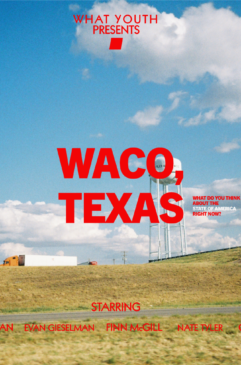

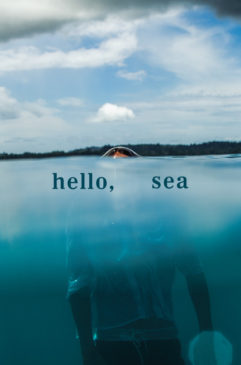
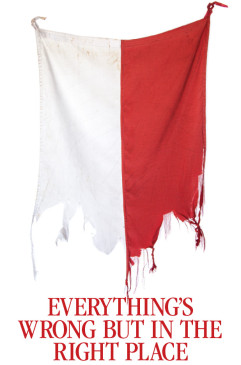
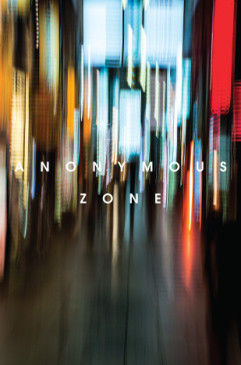

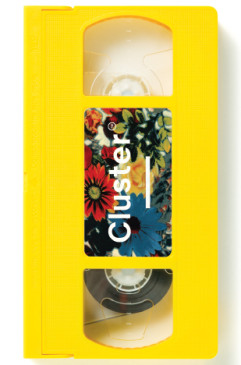

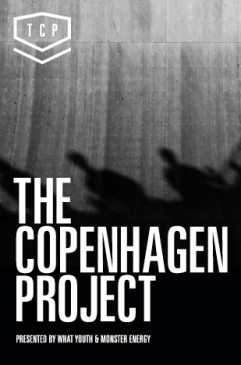

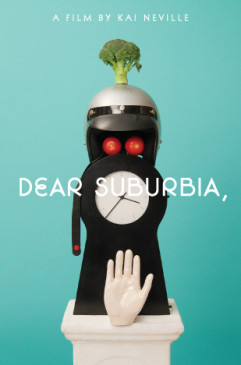
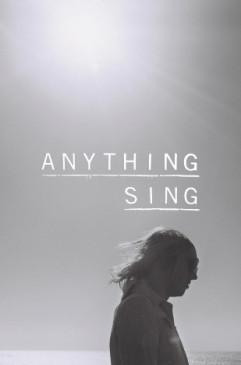



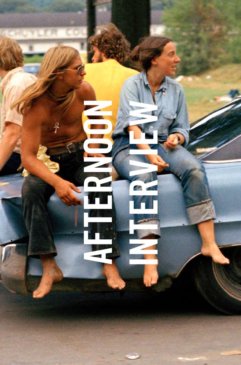

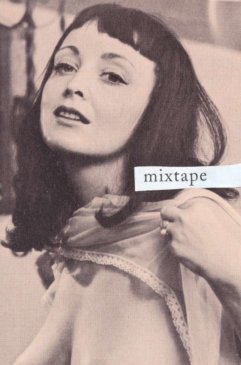


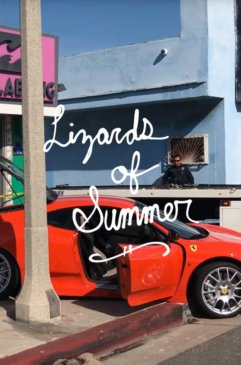

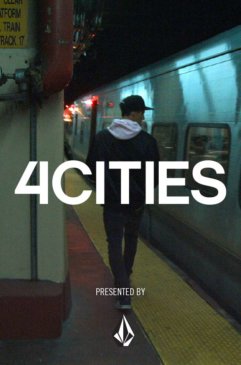
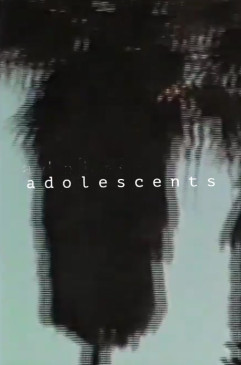

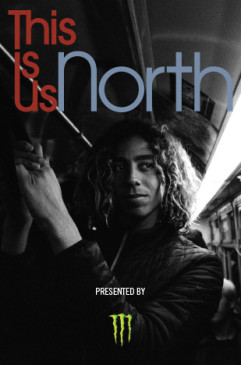

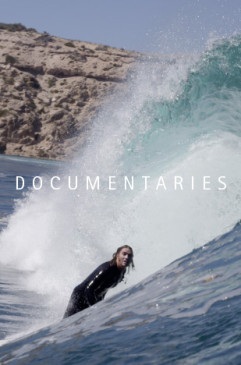


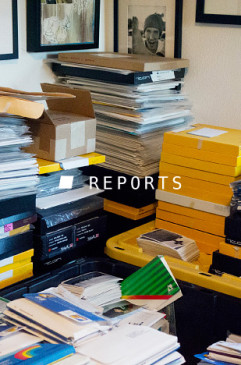

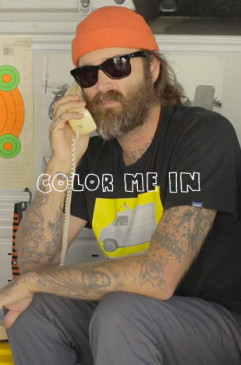



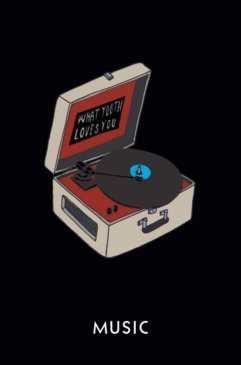

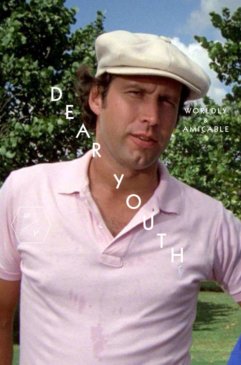









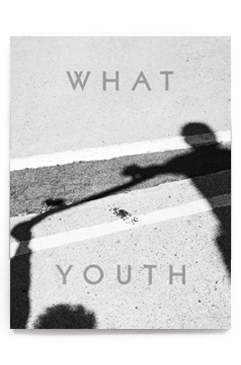
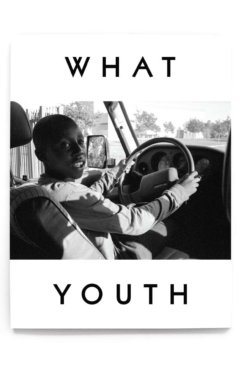
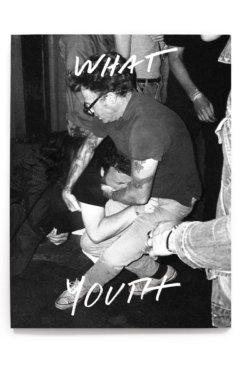

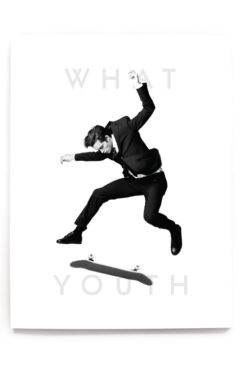
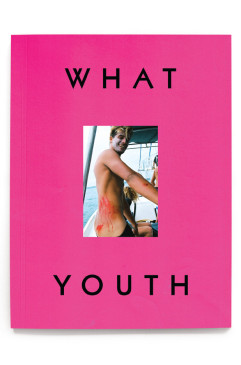


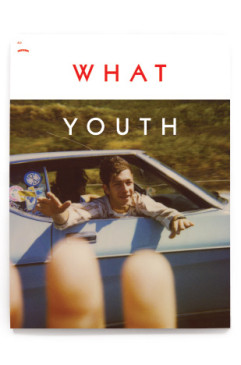
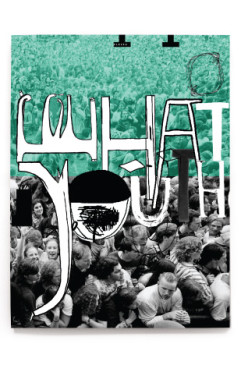
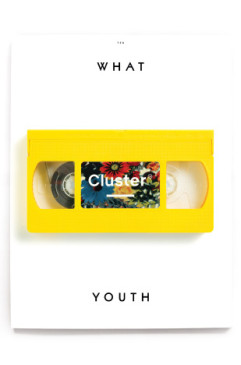
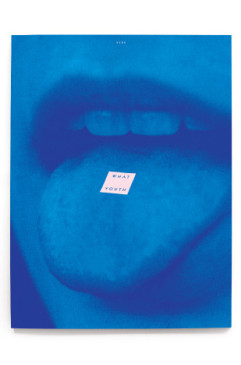

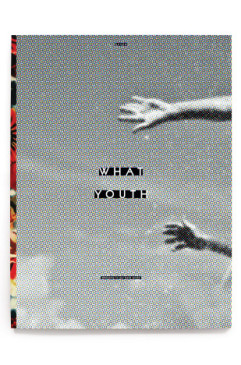

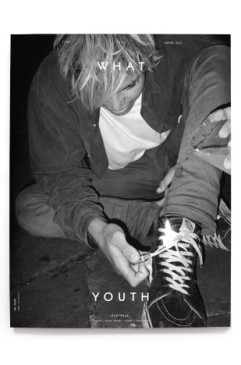

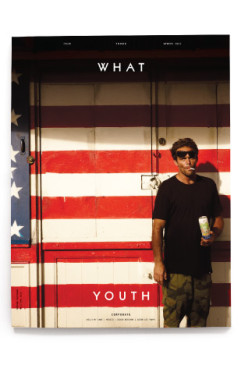
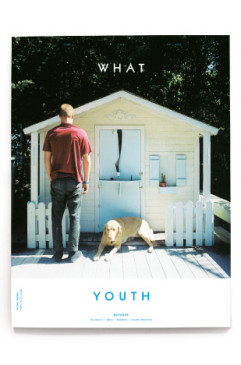

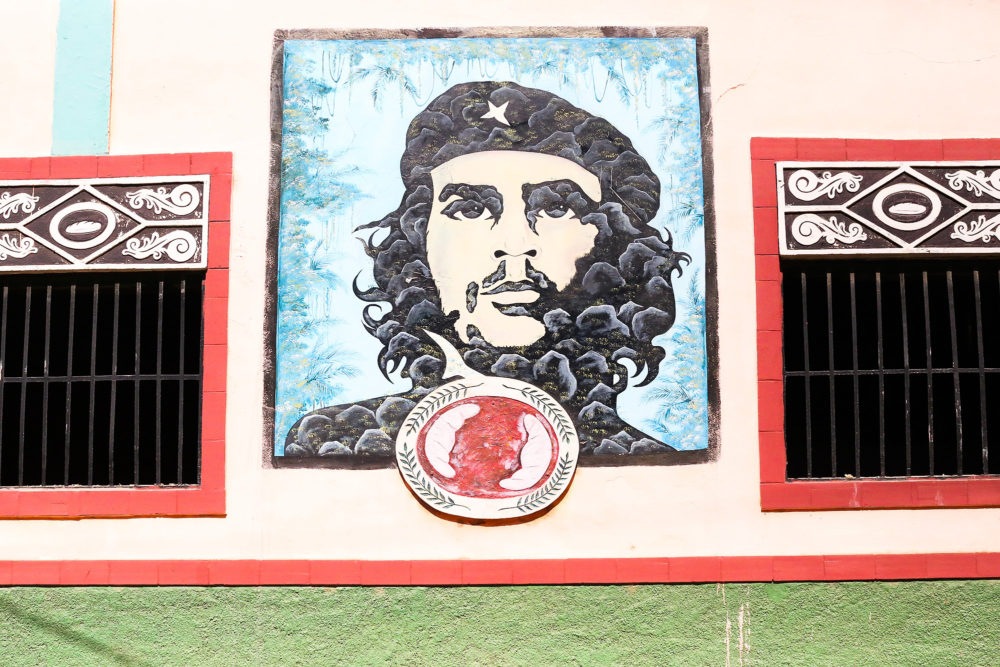
 NXT
NXT 












